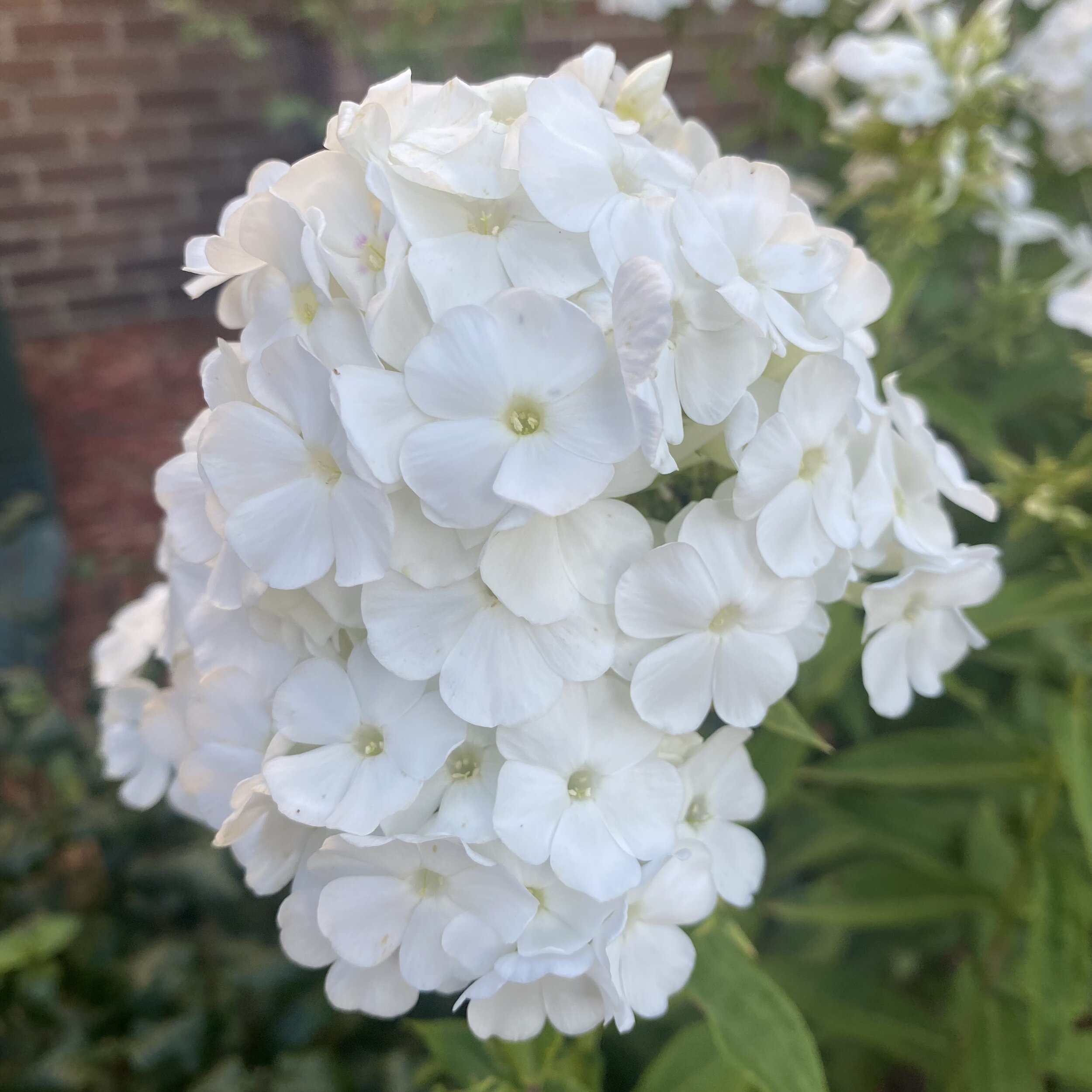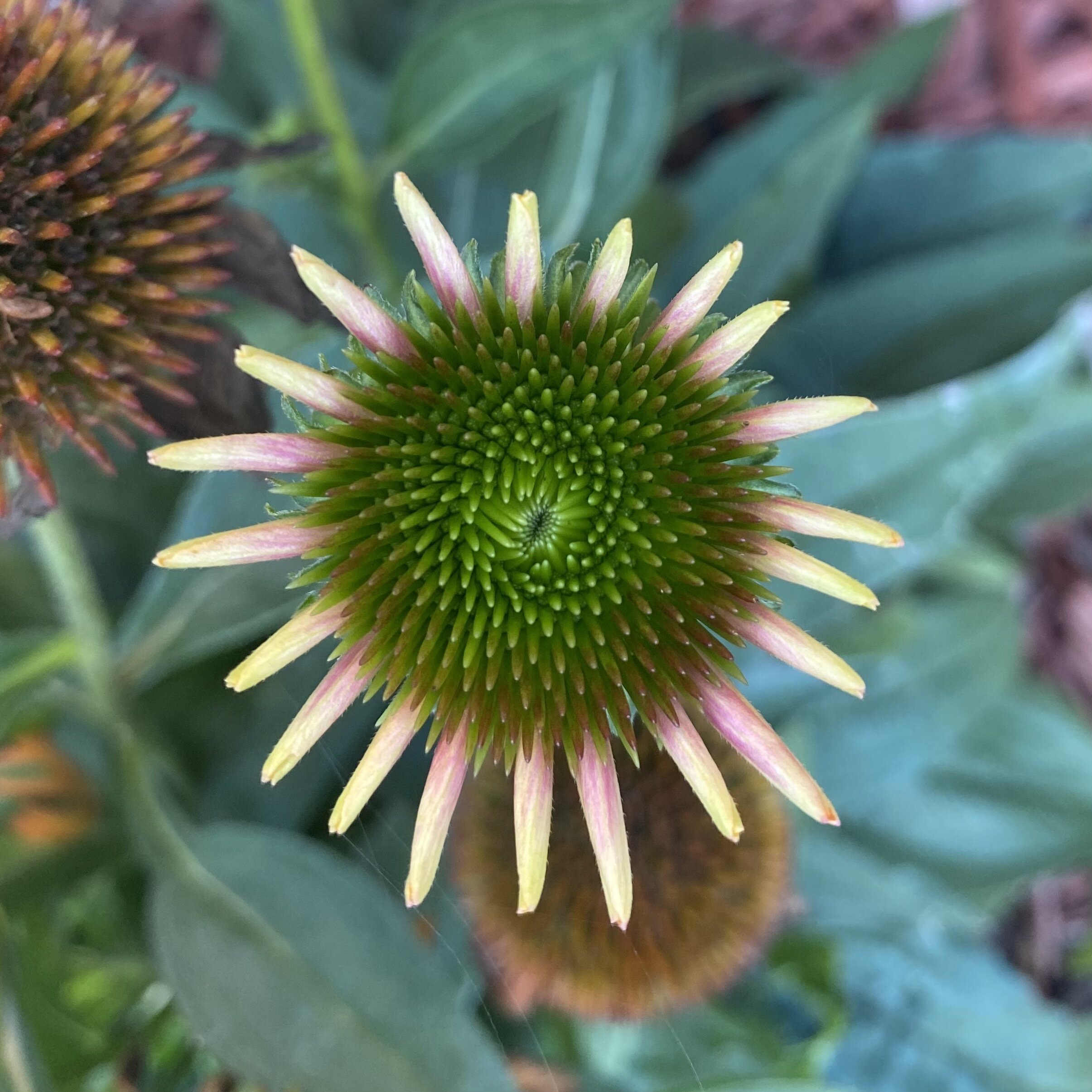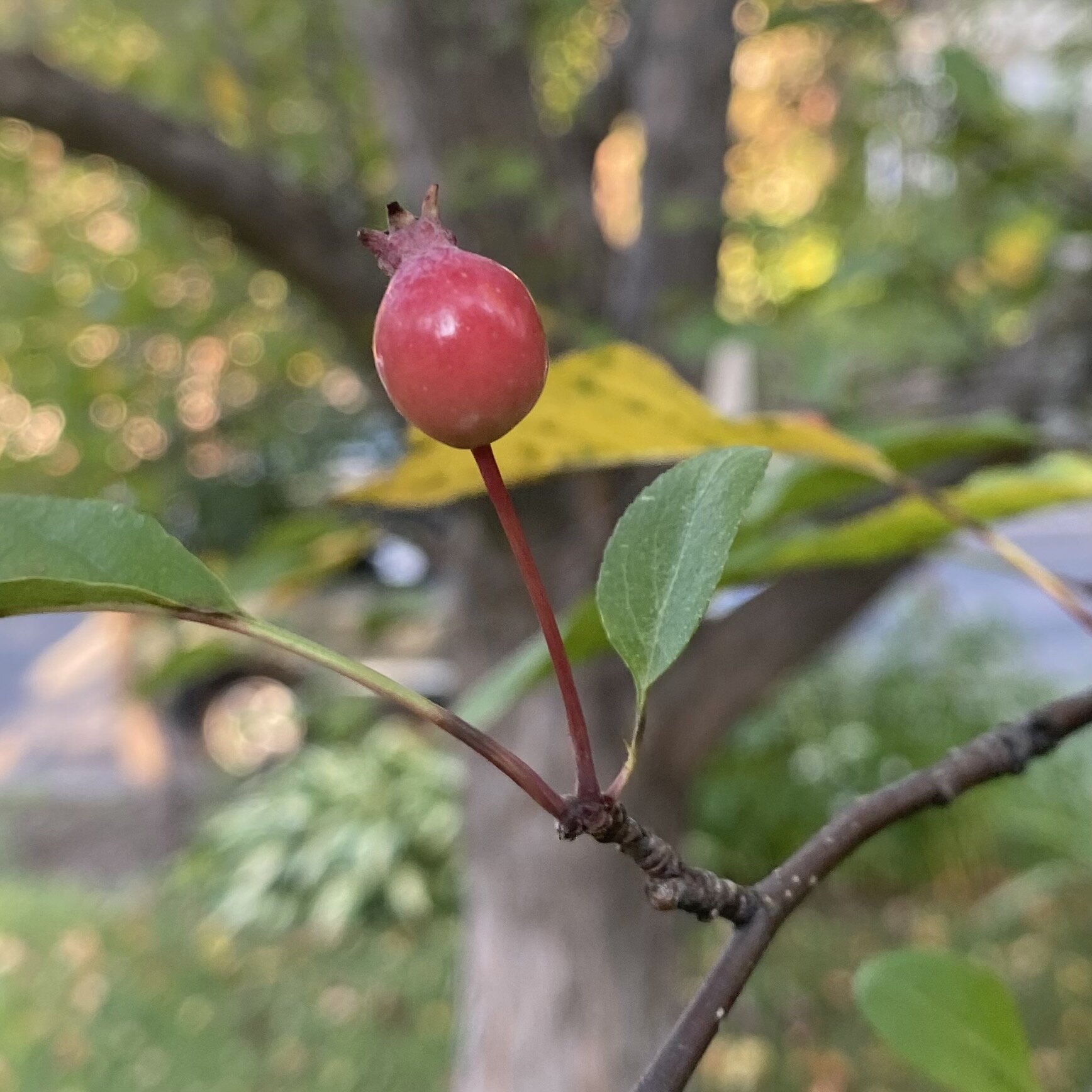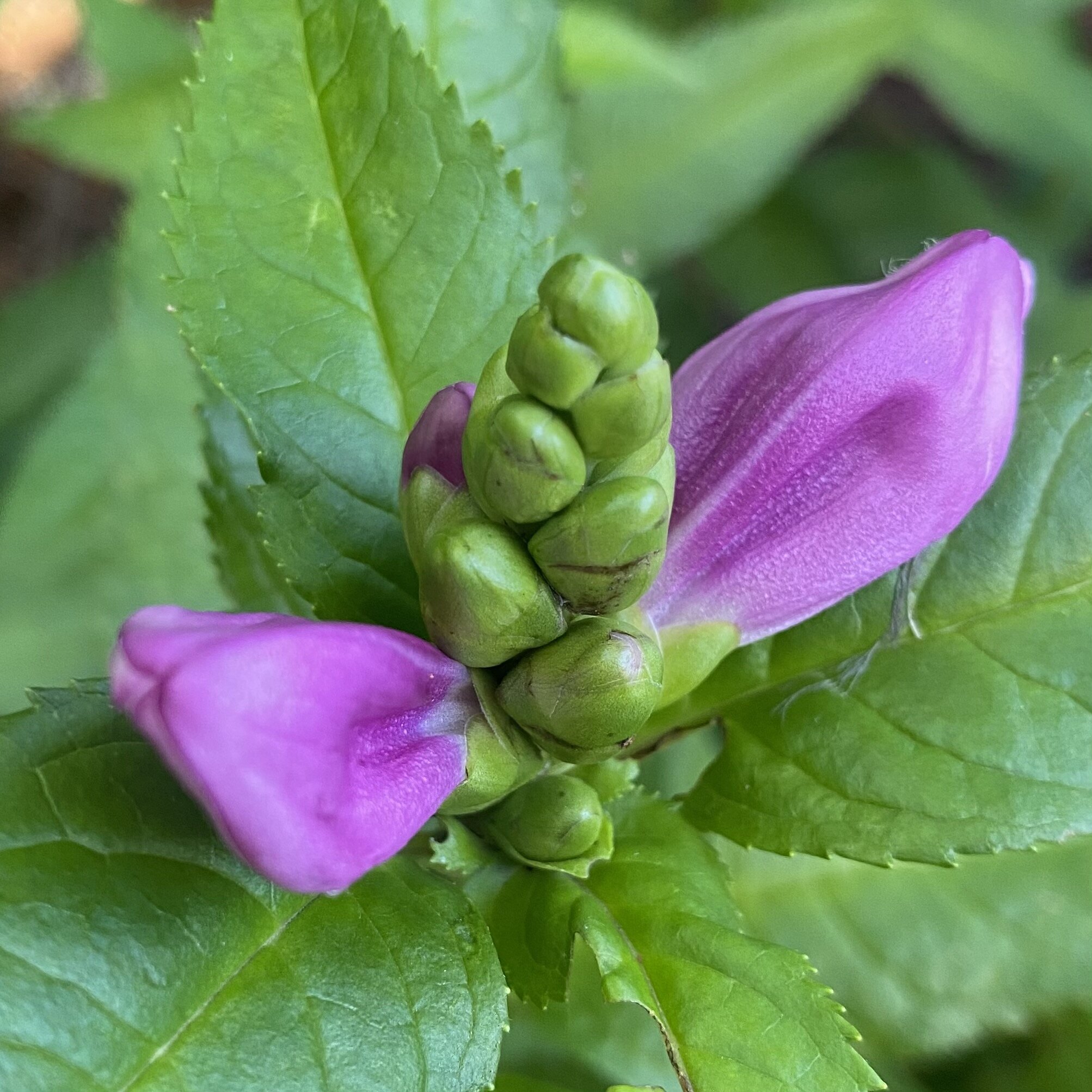BCI Post #2
9.4.2021, Backyard
A beautiful, sunny evening, (75℉)
With this session I aimed to discover function in my surroundings. Again, I challenged myself to maintain my focus, remain calm, and be present in the outdoor space for thirty minutes; eyes closed exploring my senses other than sight, eyes open incorporating sight into my observations, then expanding my senses with imagination. I primarily focused on the trees and plants in my back yard.
There were fewer animals in the yard during my exploration today, however just before I started, two gray squirrels chased each other across the patio, up and down a tree, and across to the front yard once again. After my session, the bunny from yesterday resumed its clover consumption and now sits quietly, smelling the air intently. There is a bluejay calling off in the distance. A squirrel just startled the rabbit in the backyard, it jumped behind the sage plant, and the squirrel began digging in the rabbits place.
~ Back to the BCI ~
I observed the branches of leaves on the elm trees absorb the movement caused by the wind which also exposed the leaves to more sunlight that the tree could then photosynthesize. It made me wonder about which other functions branches performed and where else we see branches in nature. I observed many types of branches on the plant life in my yard, but also thought about rivers and the veins in our bodies. Branches serve to maintain life, whether to ensure we receive blood in all of our extremities or in order to maintain the life of plants and animals along the riverbed. They act as a connection between like organisms that function together to stay alive.
How can branches be incorporated into design? I think branching can be found in networks and systems to keep businesses organized, to create larger groups of people connected by similar interests or studies, and connect people through transportation systems like the subway. How else can branches sustain life? In soft goods product development, I first think about the development of collections of goods and also the supply chain that is utilized in order to make these goods and distribute them at scale. It then makes me wonder how these systems could become more efficient and more sustainable. Transportation provides reach and scale to many businesses, however it also causes extreme pollution and is not building an entirely realistic future for our environment.
In addition to the branches on the trees and plants, I began to notice spirals. While it’s late in the season, there are new plants blooming all around. I have a fern plant that continues to unfurl more and more leaves, coneflowers showing new buds, and flox ready to bloom. Spirals allow for new growth to be packed tightly and use the most efficient amount of energy while maximizing strength and the way it absorbs nutrients. This tightly packed form of organization makes me think about how we store inventory at my work (an ever-changing process) - at first thought it seems kind of lame, but I wonder if spirals could be incorporated there to improve our efficiency. I’ll have to think about that some more. I love how spirals look and how enginuitive they are, but in this moment I’m struggling to come up with anything inspiring or imaginative. I’ll revisit tomorrow.



